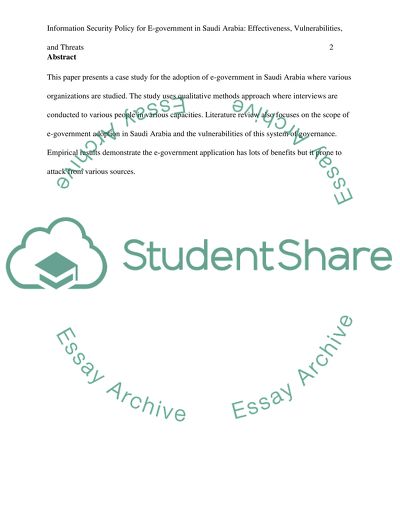Cite this document
(“Information Security Policy for E-government in Saudi Arabia: Research Proposal”, n.d.)
Retrieved from https://studentshare.org/information-technology/1487860-information-security-policy-for-e-government-in
Retrieved from https://studentshare.org/information-technology/1487860-information-security-policy-for-e-government-in
(Information Security Policy for E-Government in Saudi Arabia: Research Proposal)
https://studentshare.org/information-technology/1487860-information-security-policy-for-e-government-in.
https://studentshare.org/information-technology/1487860-information-security-policy-for-e-government-in.
“Information Security Policy for E-Government in Saudi Arabia: Research Proposal”, n.d. https://studentshare.org/information-technology/1487860-information-security-policy-for-e-government-in.


